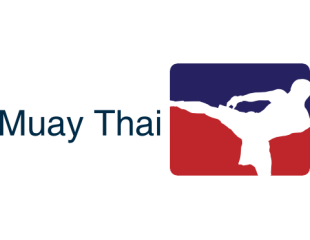This post is part of a series detailing strategies for starting a Martial Arts School. All pieces within this series can be applied to any type of Martial Art—not just Muay Thai. The “How to Start a Martial Arts School” series will cover everything from finding the perfect space to figuring out which small business software you’ll need to get going. If you have a question or recommended topic for this series, drop me a line.
So, you’ve decided to start your own Martial Arts school. Congratulations—this is a major step in your personal and financial life. You might be ready to start grinding toward your goal, but take a moment to reflect on the process. You’re about to spend a lot of time and a lot of money opening a small business—getting the steps right will be essential. To help guide you through the motions, I’ve provided a skeletal outline of the steps you’ll need to take prior to opening your Muay Thai studio.
- Write a business plan. A solid and sound business plan is the most important part of opening a small business. This document will create a roadmap to the success of your new Dojo, but it will also help you uncover specific parts of your motivation—what are your intentions? Is your business feasible to start?
- Secure your finances. If you’re funding this venture through personal savings, carefully budget and calculate how much you’ll need to reserve in order to support yourself. Consider investment opportunities, such as high interest savings accounts or ETFs. If you’re applying for a bank loan, make sure your business plan is perfect, and be prepared to defend your choice to open a Dojo. Don’t forge ahead with anything until you’ve secured the necessary funds.
- Think about your marketing strategy. It may feel as though you’re too early in the process to think about a marketing strategy. However, this type of information is essential for a well-rounded business plan. Writing a marketing plan will define who your prospective students will be, how you will get them to join, and how you’ll retain clients. You’ll need to refer to this plan every month or so to ensure you’re on track.
- Build your community. Start thinking through how you’re going to attract students. The best way to ensure success is to build a stent base before you open. Host local events to begin talking up potential students. Include demonstrations and informational packets for all of those interested. Additionally, start building a business community. Attend your local small business association meetings and begin to meet other business owners in the area.
- Create a structure. Think through how you want your school to operate. How many instructors will you need to hire? Will you need an operations manager? Will you need an accountant? Can you hire an employee before you open, or will you be in charge of teaching the first handful of classes? Additionally, you’ll need to think through belt and rank management—will you use standard Muay Thai rankings, or do you want to forge your own path?
Once you’ve completed and outlined each of the above steps, you’ll be ready to open your doors and take on your first class of students. Don’t rush the process, and take the time to complete everything thoroughly. One slip-up in the planning process could set you back significantly.
MORE READING…..
Part 2: Study Your Market Feasibility and Demographics
Part 3: A Dojo is a Small Business, and Small Businesses Need Software
